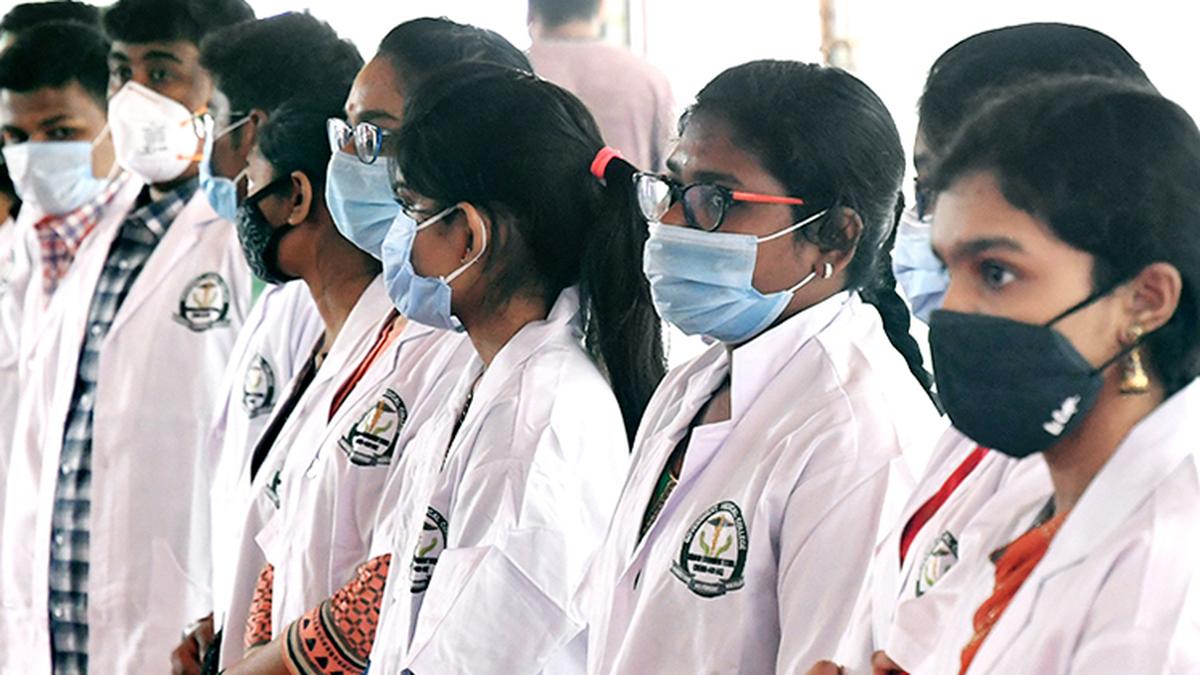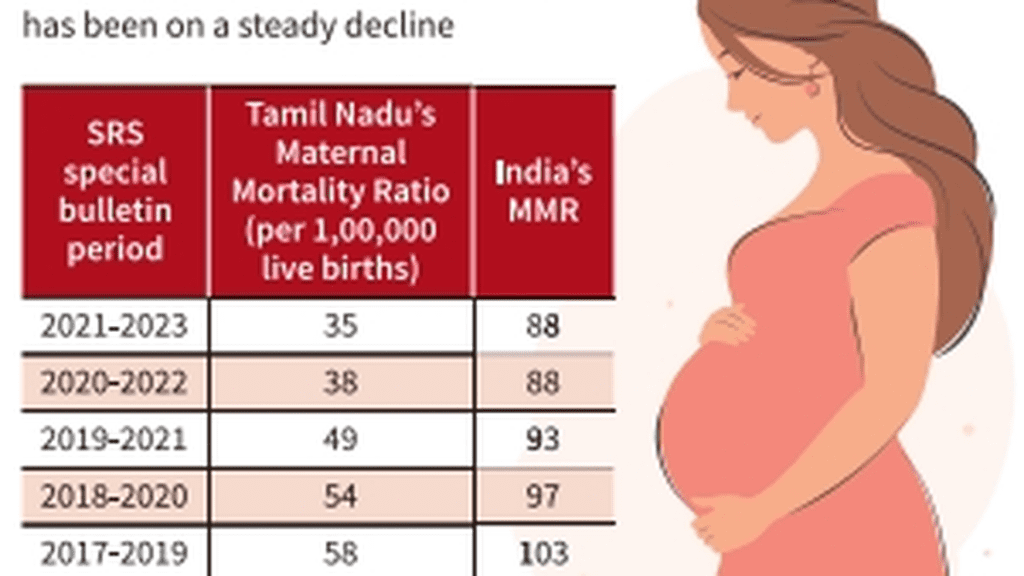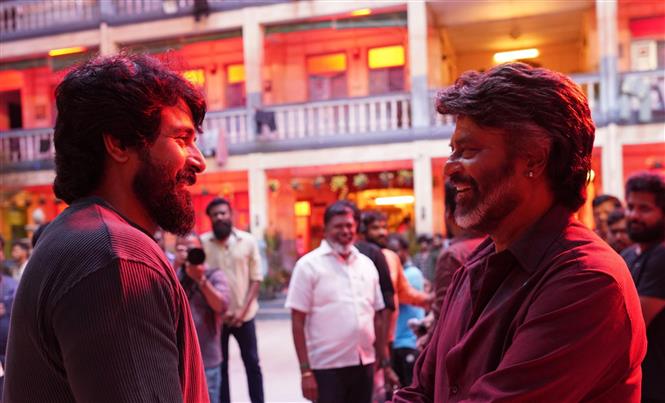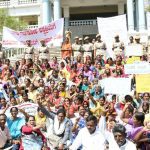Medical education in India is at a crossroads; here’s a road map Premium

Medical education in India is at a crossroads; here’s a road map Premium
The Indian government replaced a system — the Medical Council of India, which was regulating medical education and practice for over eight decades — due to allegations of inefficiency and corruption. NITI Aayog was a strong proponent of this change, and even the judiciary advocated the need to improve medical education. The Medical Council of India was superseded by the National Medical Commission in 2020, through an Act of Parliament, which now sets new standards and regulations to reform the system. This has compelled even private medical schools to comply with certain norms. The medical community, particularly academicians and educators, closely observe the NMC’s operations.
Although it may be premature to evaluate its performance within just four years, the regulators’ eagerness to implement significant changes to the curriculum has led to considerable disarray and confusion. Adhering to Western medical policies without considering India’s unique circumstances has contributed to this turmoil. The implementation of the new curriculum has been counterproductive in many medical schools. Competency-based medical education (CBME) was introduced to emphasise practical skills over theoretical knowledge. However, the opposite occurs, with more time allocated to lectures (symposiums, group discussions, seminars, etc.).
Reforms have made medical education shrivelled and truncated. Previously, medical students would begin clinical rotations from 8 a.m. to 1 p.m. after completing one and a half years (Basic Science) of the MBBS course. They would spend time in wards, procedure rooms, and operating theatres, with theory classes scheduled for the evening (2 p.m. to 4 p.m.). This schedule has been inverted, with students attending clinics after 10 a.m. and theory classes in the morning. Consequently, students are no longer seen with teachers during the morning rounds, a departure from the past when unit chiefs, associates, assistants, residents, and students were all present. Bedside teaching is a crucial component of medical training, yet it has nearly vanished from medical schools. Students are now often seen merely following faculty to get their logbooks signed, where high scores are prevalent. Teachers are deeply concerned, but collective action to address this issue with policymakers is lacking. Medical professional bodies and other stakeholders must seriously address this concern.
The graph depicting the growth of medical colleges from 1974 to 2024 illustrates a sharp increase in both government and private institutions. In 1970, India had fewer than 100 medical colleges for a population of 54 crore but today, there are 766 medical colleges across both government and private sectors for a population of 144 crore. The past decade alone has seen a rapid increase in new medical colleges leading to increased MBBS seats from 64,464 to 1,15,812 seats and PG seats from 31,185 to 73,111 seats. The number of medical colleges in India almost doubled to 595 from 335 between 2011 and 2021. This year, the government sanctioned 60 new medical colleges.
According to Western standards, we would still need 300 more medical schools based on our population size. Since 2014, there has been a rapid rise in the number of seats for undergraduate and postgraduate students. Last year, on the 78th Independence Day, Prime Minister Narendra Modi announced a plan to create 75,000 new medical seats across India over the next five years. The government’s policy changes aim to transform general and district hospitals into medical colleges and ease the criteria for establishing new ones. While these changes may appear beneficial, a deeper analysis suggests they could lead to academic decline. The well-known lack of adequate infrastructure and faculty, even in established institutions, is concerning. Many new institutions are missing basic amenities and have a shortage of faculty, threatening the quality of medical education.
Adopting the Western model without the necessary infrastructure and faculty could have catastrophic consequences for our educational system. Unlike Western countries, where the faculty-student ratio fosters a conducive academic environment, the situation is reversed here. Additionally, examination results from medical colleges indicate a troubling trend: four decades ago, with more government and fewer private medical colleges, the failure rate was about 20-30% among meritorious students. Now the failure rate is 1-2% only, that too with mediocre students. Some people reason that the decline in failure rates could indicate lowered educational standards, affecting the the overall competence of future doctors.
The dramatic shift in the quality of medical education, inspection standards, and regulatory inconsistency certainly pose a major concern. Producing well-qualified doctors is essential for societal welfare. Academic institutions and regulatory bodies should indeed prioritise these issues. Regular and thorough inspections are crucial to ensure the quality of education.
While the National Exit Test (NEXT) is a step in the right direction, the delays and inconsistencies are disheartening. A clear, consistent plan needs to be established for such crucial examinations. Reforming this system requires collaboration between academicians, professional bodies, and regulators. Are there some practical steps that can be taken right now to improve the situation?
The main issue, however, is the lack of adequate infrastructure and faculty. An independent study by a professional body would reveal startling findings. The government should not relax norms and regulations merely to start new institutions due to political compulsion. In the long term, this approach is detrimental to the quality of doctors in India.
Immediate action from academicians, professional bodies, and policymakers is required to address these issues. The government’s focus on expanding medical education should be balanced with ensuring adequate infrastructure and sufficient qualified faculty. An in-depth independent study is crucial to uncover the extent of these problems and guide necessary reforms to safeguard the quality of medical education in India.
(Prof . R C Thampan is former professor of surgery, Malabar Medical College, Hospital and Research Centre, Kozhikode. He can be contacted at rcthampan@gmail.com)










